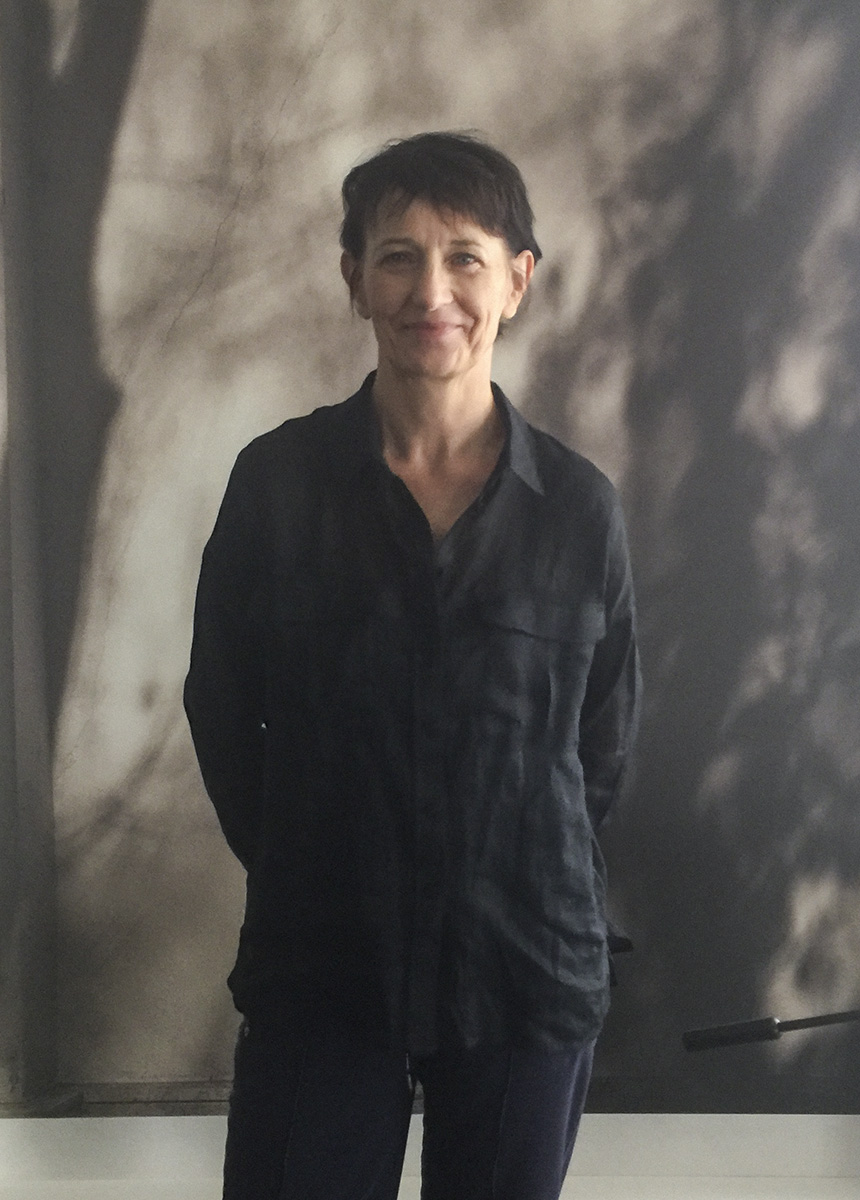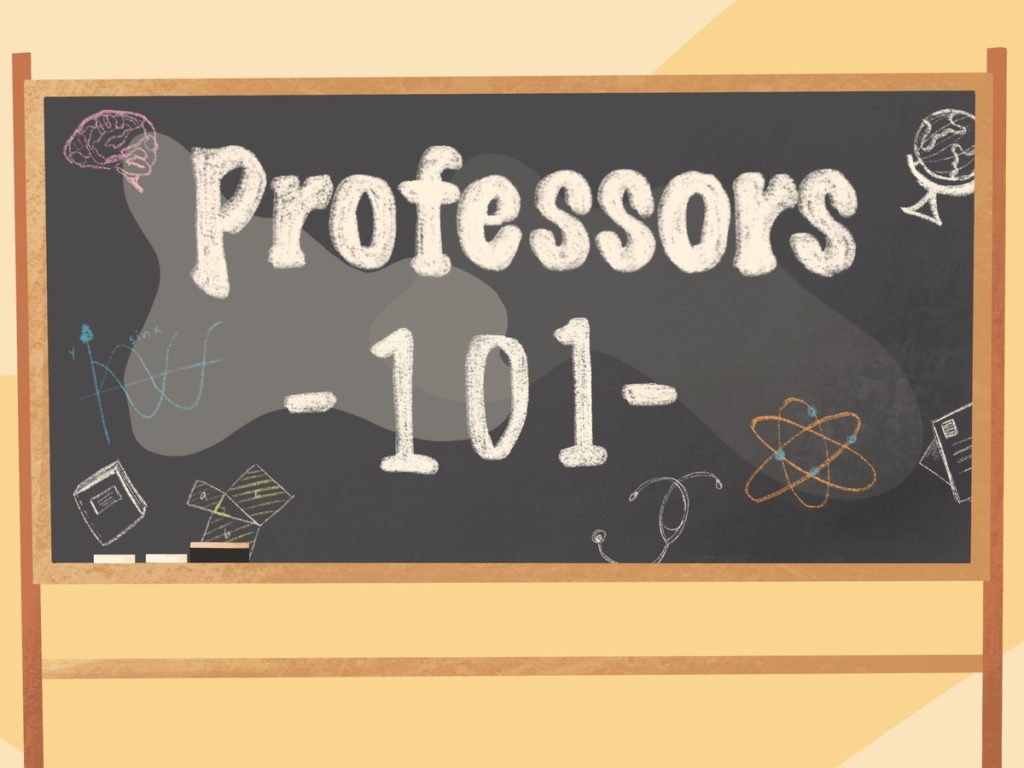Professors 101: Bronwen Wilson draws from history of career changes to teach adaptability

After her own personal experience with career changes, art history professor Bronwen Wilson hopes to encourage her students to take risks and explore courses outside their field. She also said the observational, analytical and creative thinking skills obtained from art history are applicable to a multitude of other industries. (Lauren Kim/Daily Bruin)
By Phoebe Chen
Oct. 24, 2020 2:29 p.m.

UCLA is home to some of the world’s leading researchers and experts – better known to students as professors. It’s time to tap into the knowledge and wisdom UCLA professors have to offer. Follow columnist Phoebe Chen’s crash course on some of UCLA’s esteemed professors.
Art history professor Bronwen Wilson relishes in the unknown.
Before becoming a professor, Wilson said she had a variety of career interests ranging from ballet when she was a child to kinesiology and then design. After working in architecture and construction design for 10 years, Wilson said she didn’t find her work as satisfying anymore, so she made the switch to pursue her master’s and Ph.D. in art history and now teaches a variety of courses, such as Art History 22: “Renaissance and Baroque Art,” for undergraduates at UCLA. Using her own personal experience with career changes, Wilson said being adaptable can sometimes provide access to a more exciting path in life.
“(My career path) has made me really aware of the benefits of developing skills in your university studies that give you possibilities for the future, because more and more people are changing their careers or even their jobs are changing as they are working,” Wilson said.
[Related: Professors 101: His studies are out of this world, but Erik Petigura finds ways to stay grounded]
Taking what she has learned in life and inserting it in the classroom, Wilson said she tries to encourage students to take risks. She particularly finds excitement in teaching undergraduate art history courses, as her students in those classes tend to come from a variety of disciplines and are already stepping out of their comfort zones by enrolling in her course. She said experimenting with different classes in university is the best way for students to discover what they’re passionate about.
Not only can students open new doors for themselves by taking lower division art history courses, but Wilson said they also can learn skills that are applicable to areas outside the field. Working in different cultural contexts has shown her how art history helps develop general observational, analytical and creative thinking skills that can be applied to a multitude of industries including costume design, law and medicine. Wilson said that in the past, medical schools have contacted her to help them train their students’ observation skills, as doctors typically rely on visual manifestations of symptoms or conditions to make a diagnosis.
“I know that students are never going to go away and remember the date of a work of art or who the artist is or who the patron was,” Wilson said. “What I hope that (students) take away would be the confidence to be able to explore something that they haven’t seen before … and ask new questions.”
Wilson’s novel teaching style is partially responsible for her success in encouraging students to ask questions, said her former teaching assistant and student Rafael Barrientos Martinez. He said Wilson frames her classes using a thematic approach and pushes her students to consider larger concepts rather than focusing on a singular timeline or facts. This particular style of teaching makes her classes especially engaging, Barrientos Martinez said.
“Some of my best students have … been engineers, English majors, poli sci majors,” Barrientos Martinez said. “Because art history first and foremost really frames and calibrates our way of seeing objects but also just questioning objects.”
[Related: Professor’s podcast explores technological, social innovation in music industry]
Through the lens of art history, Wilson said she is working on two projects with surprising modern-day implications – especially in regard to the environment. Wilson said she investigates works of art that are connected to stone and analyzes its relation to quarries and mines. By analyzing such works, Wilson is able to use art to learn more about the powerful Italian Medici family, who monopolized natural resources and the labor practices of quarrying during the Renaissance.
Wilson’s second project focuses on how the movement of capital and resources in Europe is related to early modern period environmental problems – including a miniature ice age in the 17th century. She said she researches how new forms of art and craft appear, tying them into themes that can offer insight into current climate issues.
“There is a dynamic relationship between art and history,” Wilson said. “We’re not just looking at people as actors or thinking about geography as an actor. … We’re looking at the ways that art has an impact on history and history has an impact on those processes.”
Though art history offers much mystery and intrigue, Wilson said one of her favorite aspects of the discipline is discovering what she doesn’t know. And if students find themselves without the time to take a full quarter class but want to gain a better understanding art history, Wilson recommends the book “Headlong” by Michael Frayn as a more accurate and realistic alternative to Dan Brown’s “The Da Vinci Code.” Wilson said that “Headlong” was particularly fascinating for her because it brought up fakes and forgeries in art, keeping in theme with her interest of art history, as she is continuously prompted to ask herself new questions and reframe her perspectives.
“The more I’ve been teaching (art history), the less I know and that’s always somehow exciting,” Wilson said.

